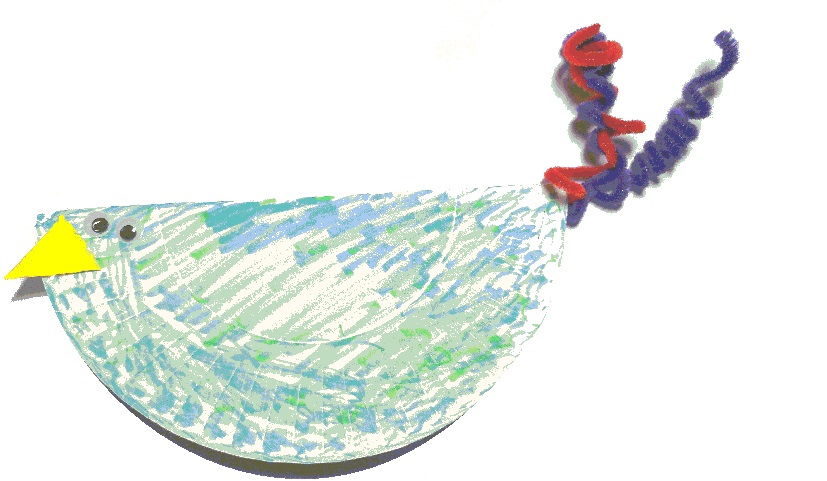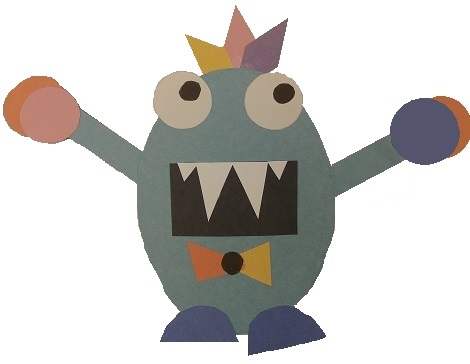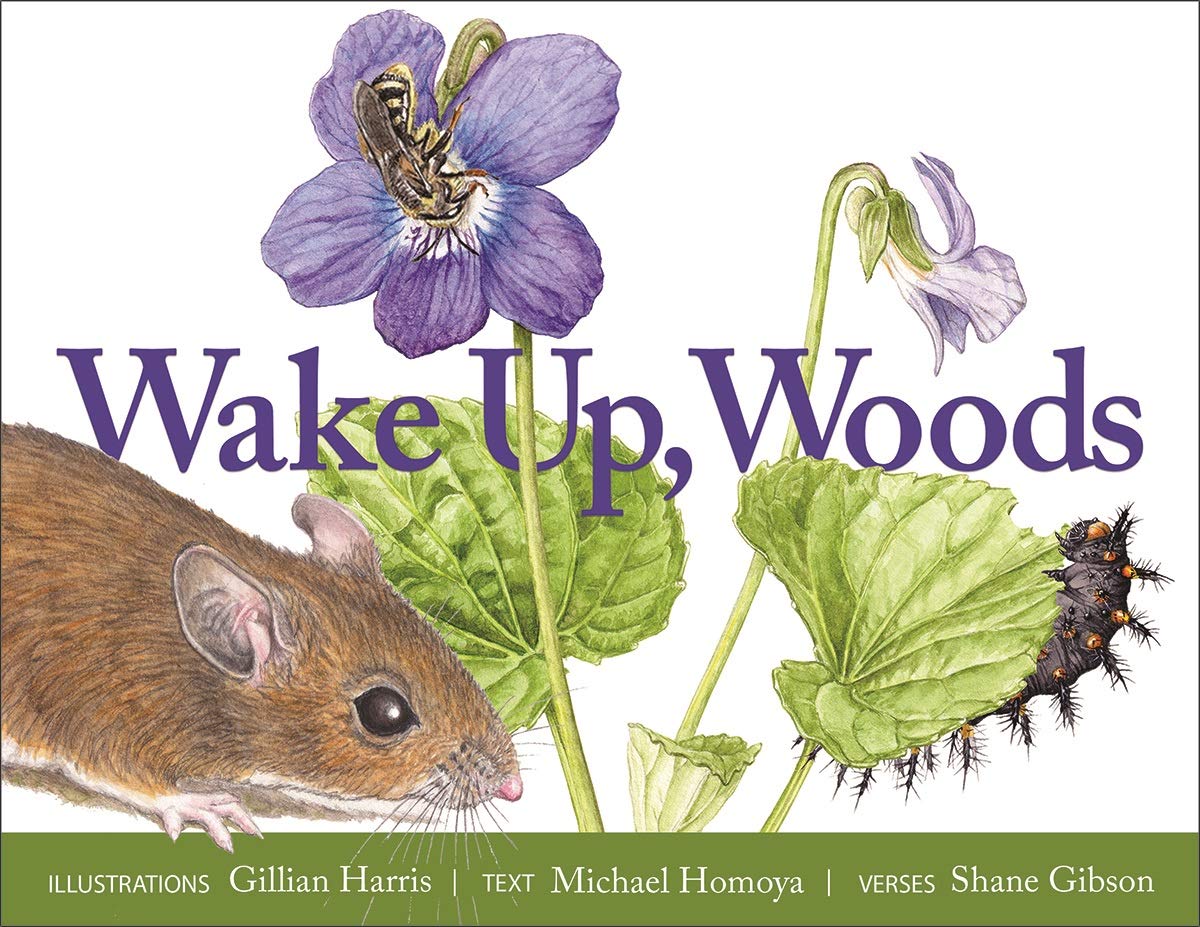Looking for extra activities to keep children busy? Explore some of these activities put together for you by the Indiana Young Readers Center, located in the Indiana State Library. Remember, children of all ages can benefit from play and reading. Keep your kids engaged with some of these resources.
Ages 0-5
Parents with very young children have a big challenge. Little children will not understand what is happening in relation to the current COVID-19 situation. They might sense the fear and anxiety in their parents and react to that by being cranky and unmanageable. Keep them engaged by trying some of the activities listed in our Indiana Early Literacy Firefly Award Program Guides. We have three guides from 2018, 2019 and 2020 all chock-full of fun, developmentally-appropriate activities for little kids. Even if you don’t have the books listed in the guides, you can still do most of the activities.


For children ages 0-5 the best thing to do is to talk, sing, read, write and play with them. We know little kids can’t really write yet, so anything you can do to get them using their hands to work on fine motor skills is a good thing. Examples are block play, crafts, finger painting, playing with pots and pans and so much more.
Ages 6-9
Children in this age bracket are more independent and may be missing their friends and social connections. Involve them in planning out your day of activities. They can do so many things, and many of them independently. Have a game tournament. Start a reading challenge. Keep them involved in the world from inside your home by talking about nature. The Indiana Nature Conservancy has put together a guide for sharing with children to get them more connected to nature. Most of the activities in the guide can be done right at home.
This age group might enjoy many of the ideas in the aforementioned Firefly guides as well. The 2020 guide in particular has activities appropriate for older children on topics like Africa, optical illusions and pirates!
 Ages 10 – 14
Ages 10 – 14
Even though your preteens might be the group most likely to tell you that they are bored, they are also developmentally ready for more mature thinking. They will have a better understanding of what is going on than little children and can brainstorm with you about how to spend the days in productive and balanced ways. Kids in this age group are often passionate about their interests and may be missing their friends.
Genealogy
The Indiana Young Readers Center has put together a genealogy program for children in this age group. Take this time to talk about family and the practice of genealogy. What is it anyway? Share family stories and history. Work through the program guide and learn about the kinds of documents that genealogists refer to when filling in their family trees. Do you have any documents in your home right now that you can examine?
Indiana History
If you are looking for more academic resources, take a look at this video about two of the murals located in the Indiana State Library. They discuss the history of Indiana Statehood. Talk to your school age students about how the United States was created. Who lived here when settlers arrived in Indiana? If you’d like to have a more robust conversation, take a look at the discussion questions that we use during our fourth grade field trips.
Still hungry for more history content? Explore the Indiana Historical Marker Program coordinated by the Indiana History Bureau. Every Indiana county has at least one marker. Choose an Indiana social studies standard for your student to work on. Fourth grade standards are especially relevant to Indiana history. Find a marker that relates to that standard. Take it further by researching a little more using Indiana State Library’s Digital Collections. This project could fill a whole morning and introduce your student to great online resources.
Keep a Journal – Good for all ages
Encourage children in all age groups to keep a journal about how they are feeling and what is going on around them. This is a historic time. Researchers in the future will be fascinated by primary resources like journals and diaries written by Hoosier children. Those future primary resources will not exist unless we create them now. Someday, your child could donate their journal to the Indiana State Library!
Letters About Literature – Grades 4-12
Do your kids like reading and writing? Every year the Indiana State Library hosts a writing contest for students in grades 4-12 called Letters About Literature. Students write to an author, living or deceased, about a book that changed how they see themselves or how they understand the world around them. Students write to us every year about how books help them understand topics close to home like family and school or more sophisticated topics like racism and war. The contest for 2020 is closed, but students can always get a jump on working on their letter for next year. Visit the Letters About Literature website for more information about the contest. Your student could get published!
Ages 15-18
High schoolers are more likely to be able to fill their own time, however they may be in need of resources to help them with their existing school work. Be sure to get familiar with INSPIRE. INSPIRE is Indiana’s virtual online library, a collection of online academic databases and other information resources that can be accessed for free by Indiana residents. INSPIRE includes full-text magazine and journal articles, images, historic newspapers and much more. If students are frustrated about not finding sources for a paper or project, have them try INSPIRE.
Explore Old Journals
The Indiana Young Readers Center has put together a packet for teens interested in reading old diaries. Work through the packet to learn about the value of writing journals and researching old diaries. The diaries in the packet are written in cursive! Does your student know cursive? Take this time to teach your student the basics of cursive writing. Why is it important for students today to be able to read and write in cursive? Explore this question with your student. Fun fact: One of the diaries is from 1896 and the writer talks about playing euchre with her family!
 Indiana State Library’s Digital Collections
Indiana State Library’s Digital Collections
Still looking for something to do? Take a look at some of the interesting things that the Indiana State Library has in our digital collections. From car racing to dogs to historic documents. We’ve got something for everyone:
Indianapolis 500, between 1926 and 1957
Artistic family tree (featuring President James Polk)
Pre-Photoshop trick photo postcard
Studio photos of Chow Chow dogs
South Shore Line broadsides featuring the “Workshop of America,” 1926
Miami Treaty of St. Mary’s, 1818
Preserved ivy taken from Abraham Lincoln’s funeral train
Letter from D.P. Craig, a soldier with the 14th Indiana Regiment to his family, 1862
Awards given to African American WACs at Camp Atterbury, 1943
Women’s suffrage pamphlet with map, ca. 1915
Susan B. Anthony letter to Grace Julian Clarke, 1900-01-11
Locks of hair presented to John. M Conyers (March 29, 1865)
In these unprecedented times, we hope these enriching activities will keep children of all ages engaged and busy.
This blog post was submitted by Indiana Young Readers Center Librarian Suzanne Walker.
 For this activity, all you need to do is step out of your home and take a little walk. You can do this on your own or with members of your household. Keep your eyes to the ground and look for violets, spring beauties or any other Indiana native plant. Violets are probably the easiest to identify because of their distinctive flowers and heart shaped leaves. The flowers can be violet in color, white or even yellow. Take a closer look and observe their petals. They have two top petals, two side petals and one bottom petal. Violets are relatively easy to find because they like to grow in a variety of soils and could even be found on the edges of parking lots. For more information about Indiana native plants, take a look at the Indiana Wildlife Federation’s lists and resources.
For this activity, all you need to do is step out of your home and take a little walk. You can do this on your own or with members of your household. Keep your eyes to the ground and look for violets, spring beauties or any other Indiana native plant. Violets are probably the easiest to identify because of their distinctive flowers and heart shaped leaves. The flowers can be violet in color, white or even yellow. Take a closer look and observe their petals. They have two top petals, two side petals and one bottom petal. Violets are relatively easy to find because they like to grow in a variety of soils and could even be found on the edges of parking lots. For more information about Indiana native plants, take a look at the Indiana Wildlife Federation’s lists and resources. For this activity, all you need is a piece of paper. Write a letter to your planet, thanking it for the air you breathe, the blue sky and the water you drink. If you have children in your household, get them involved, too. Instead of writing a letter, make a poster and hang it in a window so passers-by can enjoy the sentiment as well. Mail your letter to your local newspaper or radio station.
For this activity, all you need is a piece of paper. Write a letter to your planet, thanking it for the air you breathe, the blue sky and the water you drink. If you have children in your household, get them involved, too. Instead of writing a letter, make a poster and hang it in a window so passers-by can enjoy the sentiment as well. Mail your letter to your local newspaper or radio station.



